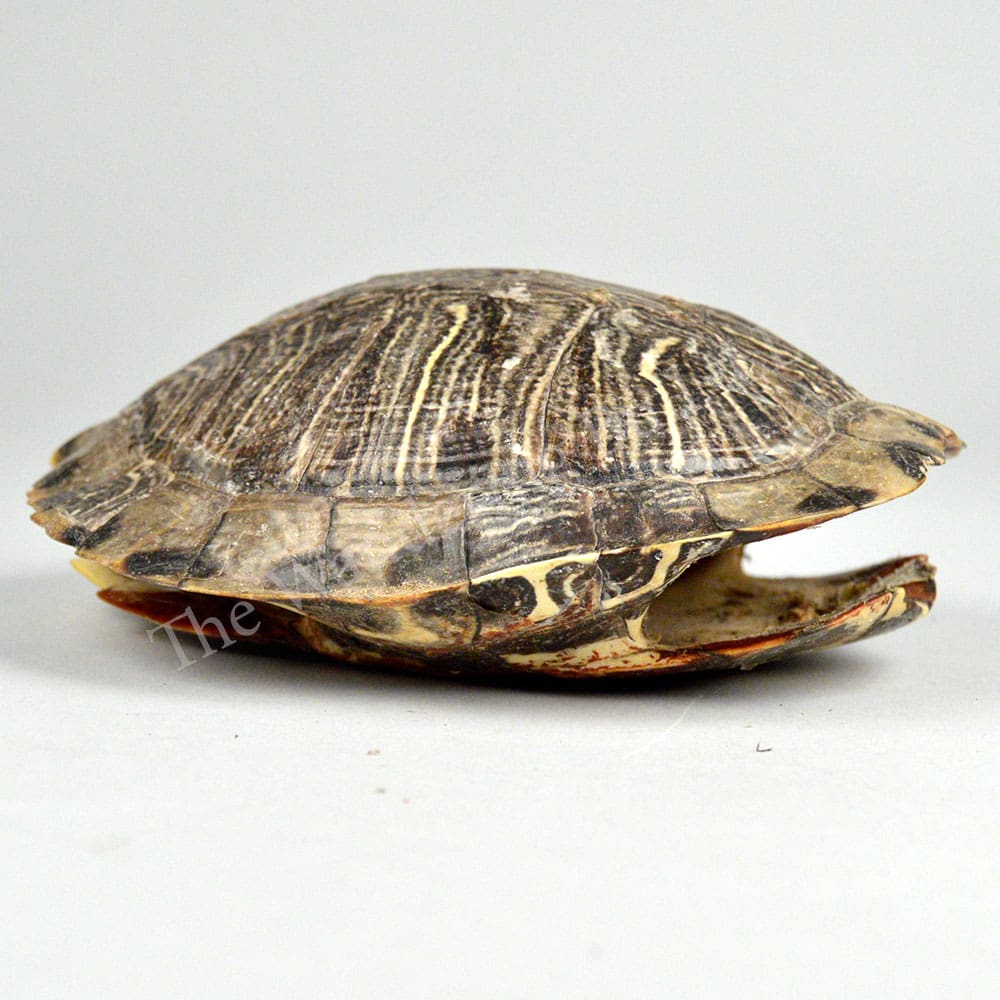
Introduction
A turtle shell is a unique and remarkable feature that sets these reptiles apart from other creatures in the animal kingdom. It serves as a protective covering for the turtle's body, shielding it from potential harm and providing a safe haven. This article will delve into the fascinating world of turtle shells, exploring their structure, function, and significance in the lives of these marvelous creatures.

Structure of a Turtle Shell
The turtle shell is composed of two main parts: the carapace and the plastron. The carapace is the upper portion of the shell, while the plastron is the lower portion. These two sections are connected by a bridge, allowing the turtle to retract its head, limbs, and tail within the shell for protection.
The carapace consists of a series of bony plates called scutes, which are covered by a layer of keratin, the same material found in human hair and nails. The scutes are arranged in a specific pattern, with larger scutes known as vertebrals running down the center and smaller scutes called costals surrounding them.

Function of the Turtle Shell
The primary function of the turtle shell is protection. It acts as a shield against predators, providing a strong and impenetrable barrier. When threatened, turtles can retract their entire body into the shell, ensuring maximum safety.
Additionally, the shell helps regulate the turtle's body temperature. As ectothermic creatures, turtles rely on external sources of heat to regulate their internal temperature. The shell acts as a heat absorber, allowing the turtle to bask in the sun and warm up. It also serves as an insulator, preventing excessive heat loss.

Turtle Shell Variations
Turtle shells come in a variety of shapes and sizes, depending on the species. Some turtles have a flat and streamlined shell, enabling them to swim faster in water, while others have a more domed shell for increased protection.
Furthermore, the coloration of turtle shells varies greatly. It can range from dull browns and greens, providing camouflage in natural habitats, to vibrant patterns that serve as a warning to potential predators.

Turtle Shell Growth
Turtle shells are not rigid structures; they grow and expand as the turtle grows. The scutes on the shell are periodically shed and replaced, allowing for continuous growth and adaptation. This growth process is essential for the turtle's survival, ensuring the shell always fits the turtle's body size.
During the shedding process, the old scutes are gradually replaced by new ones. This shedding can leave unique patterns on the shell, similar to tree rings, which can be used to estimate the turtle's age.

Turtle Shell Conservation
Turtles face numerous threats in the modern world, including habitat destruction, pollution, and illegal trade. These factors put significant pressure on turtle populations and their unique shells.
Conservation efforts are crucial to protect turtle species and ensure the survival of their remarkable shells. Strict regulations against poaching and illegal trade, along with habitat conservation initiatives, are necessary to safeguard these incredible creatures and their habitats.

Conclusion
Turtle shells are truly remarkable structures, providing protection, temperature regulation, and unique characteristics for these fascinating reptiles. Understanding the structure and function of the turtle shell enhances our appreciation for the diversity and ingenuity of nature.